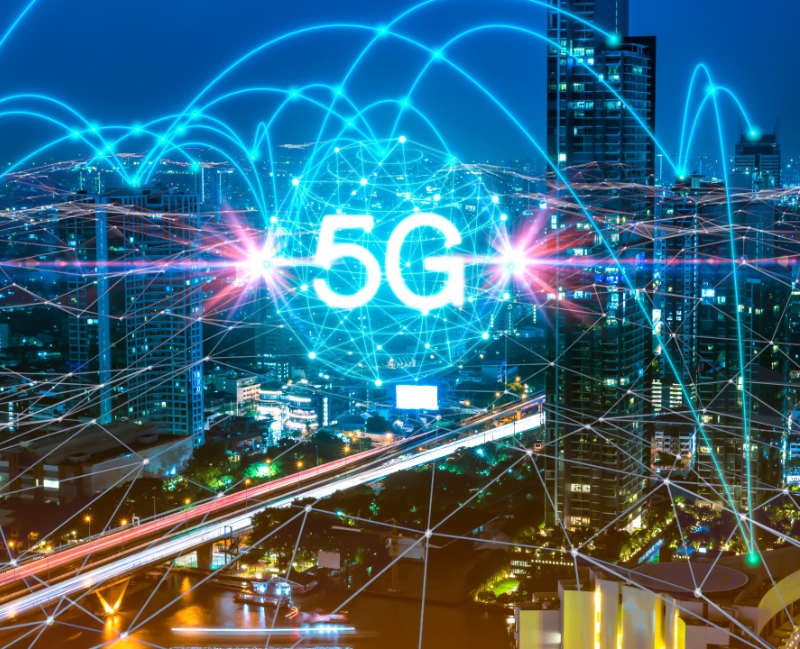- info@noamengineering.com.et
- Abinet Woreda 3 House no 1507
How Telecom Towers Are Bridging Ethiopia’s Digital Divide

Ethiopia’s rural communities have long faced limited internet access, with only 25% of remote areas having reliable 3G or 4G coverage. However, innovative telecom tower deployments are beginning to change this narrative, bringing connectivity to underserved regions and empowering local economies.
One of the biggest obstacles in rural telecom expansion is power availability. Traditional grid electricity is often unreliable, leading to frequent network outages. To address this, companies like ours are installing solar-powered telecom towers equipped with battery storage. These towers can operate autonomously for days, even in Ethiopia’s rainy seasons. For example, in the Tigray region, we deployed 50 solar-hybrid towers in 2023, connecting over 300,000 new users to mobile and internet services.
Another challenge is maintenance in hard-to-reach areas. Instead of relying solely on urban-based technicians, we’ve implemented a local workforce training program, teaching villagers basic tower upkeep and troubleshooting. This not only reduces downtime but also creates jobs within the community.
The impact of these efforts extends beyond connectivity. Farmers now use mobile apps to check weather forecasts and market prices, while students access online education platforms. Looking ahead, Ethiopia’s rural telecom growth will depend on government incentives, private sector investment, and renewable energy integration. By continuing to innovate in tower design and community engagement, we can ensure that no Ethiopian is left behind in the digital age.



